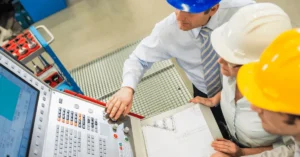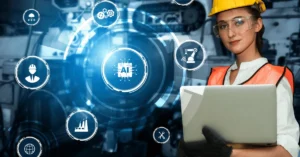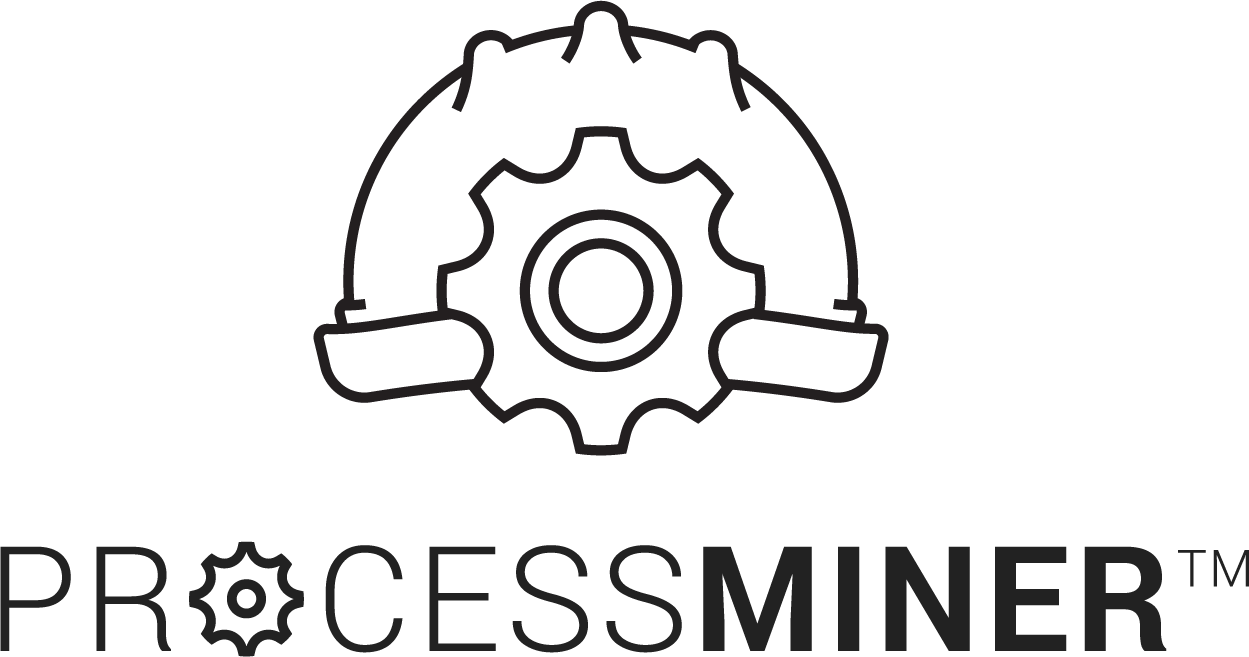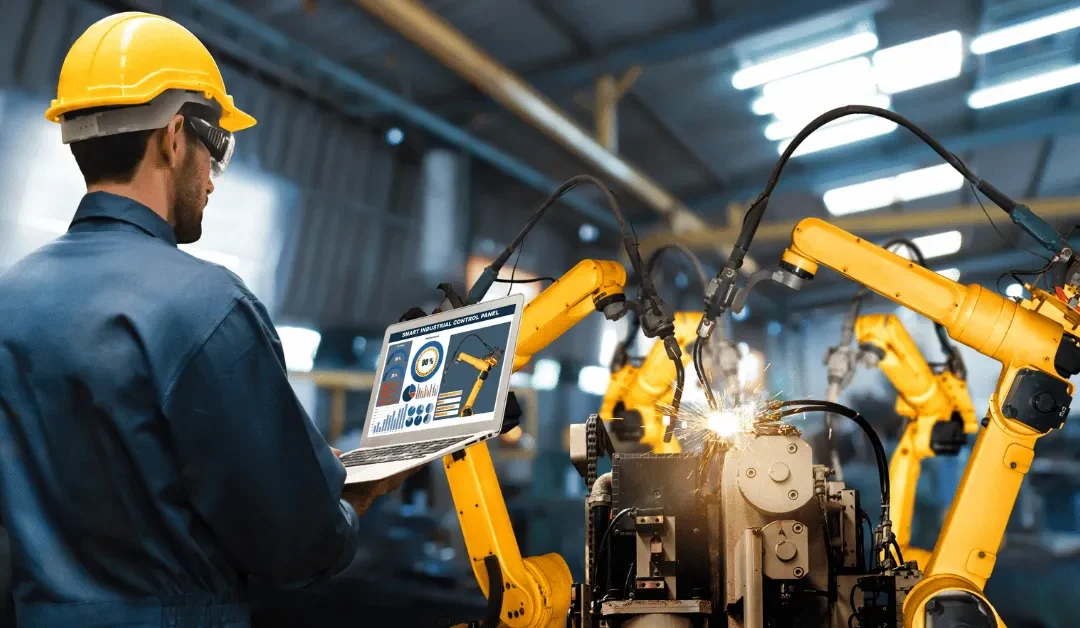From the steam-powered looms of the first industrial revolution to the automated production lines of today, the manufacturing sector has continually evolved. In this ever-evolving saga of industrial progress, the fourth industrial revolution brings with it the transformative power of data. And when it comes to the manufacturing sector, Industry 4.0 signifies a tectonic shift toward a future characterized by Artificial Intelligence (AI) Enabled Autonomous Optimization. This integration of AI is paving the way for levels of productivity, efficiency, and accuracy unprecedented in the annals of manufacturing.
The Evolution of Manufacturing Processes
Industrial history is peppered with examples of manufacturing processes that relied heavily on manual labor and rudimentary machines. While these processes formed the cornerstone of the industry for centuries, they were also inherently limited by their lack of scalability, precision, and adaptability. Furthermore, although data was present in these systems, it was minimally utilized, reducing its potential for substantial insights into process improvement or innovation.
Suddenly, devices started to generate an enormous amount of data, thus opening up a myriad of possibilities. For instance, an IDC report indicates that a single automated factory sensor can produce 5 terabytes of data every two days. This data deluge, facilitated by the IIoT, revolutionized the manufacturing landscape and set the stage for an era of data-driven decision-making.

Current Landscape of Data in Manufacturing
Fast forward to today’s hyper-digital age, and it is clear that manufacturing environments are veritable data goldmines. Sensors collect an array of data, including temperature, pressure, speed, and more. Operational data about machine availability, efficiency, and performance are recorded continuously. According to IDC, the global data sphere will reach a staggering 175 zettabytes by 2025, testifying to the monumental amount of data generated.
However, this abundance of data also introduces a significant challenge: the gap between data collection and data utilization. As stated in an IBM study, approximately 90% of data created worldwide remains unanalyzed. This discrepancy occurs because the sheer volume, variety, and velocity of data contribute to significant challenges in processing, analyzing, and interpreting these enormous datasets. Without the proper tools and technologies, even the most data-rich companies are essentially navigating blind.
The Role of AI in Manufacturing Optimization
This is where AI steps in, acting as a game-changing tool to bridge the gap between raw data and actionable insights. Machine learning algorithms can sift through these extensive datasets, identifying patterns and trends that may be imperceptible to human analysis. By facilitating real-time decision-making and predictive analytics, AI serves as the key to manufacturing optimization, turning raw data into a strategic asset.
The efficacy of AI in manufacturing is underlined by numerous case studies and compelling statistics. For example, General Electric, through the application of AI-enabled optimization, improved its production efficiency by a remarkable 25%. AI’s impact also extends to other key operational areas. According to the World Economic Forum, AI adoption could lead to a 20% reduction in waste production and a 15% reduction in carbon dioxide emissions. Furthermore, a Capgemini report revealed that smart factories, the zenith of AI-enabled manufacturing, could add between $1.5 trillion to $2.2 trillion to the global economy over the next five years. These numbers illustrate the transformative potential of AI for both individual businesses and the global economy.

The Future of Manufacturing: AI-Enabled Autonomous Optimization
Taking AI’s capabilities a step further leads to the concept of “Solving Problems Before They Happen.” This paradigm shift, facilitated by AI’s predictive capabilities, emphasizes proactive rather than reactive problem-solving. It offers unprecedented opportunities for cost savings and efficiency enhancements.
McKinsey estimates that predictive maintenance, powered by AI, could decrease maintenance costs by 10-40%, reduce downtime by 50%, and curtail equipment capital investment by 3-5%. These potential benefits represent a significant economic impact. Yet, predictive maintenance is just one application of AI’s problem-solving capabilities.
Looking to the future, we can envision fully autonomous factories where shop floors evolve into self-regulating, self-optimizing ecosystems underpinned by AI. These “smart factories” would have the capacity to maximize productivity, minimize waste, and respond to operational challenges in real-time, thereby revolutionizing the manufacturing landscape.
ProcessMiner: Revolutionizing the Shop Floor
As an industry pioneer, ProcessMiner is instrumental in realizing the vision of AI-Enabled Autonomous Optimization on the shop floor. Leveraging advanced AI, machine learning algorithms, and data analytics, ProcessMiner transforms massive data streams from manufacturing processes into actionable insights and strategic decisions.
ProcessMiner’s sophisticated AI system autonomously analyzes data, identifying patterns and anomalies that could signal potential issues. The AI then makes real-time adjustments to maintain optimal manufacturing conditions. In essence, ProcessMiner proactively addresses issues, often before they become noticeable, significantly reducing waste, downtime, and production costs.
Moreover, the use of ProcessMiner has led to improved product quality due to better control over the manufacturing process. This level of control allows for consistency, fewer defects, and reduced variability, leading to significant improvements in customer satisfaction.
Several use case scenarios illustrate ProcessMiner’s transformative impact. For example, one multinational corporation using ProcessMiner’s AI system experienced a 25% reduction in defects within just three months of integration. This remarkable improvement underscores the potential gains achievable through AI-Enabled Autonomous Optimization.
ProcessMiner’s robust, scalable AI platform is designed to integrate seamlessly with existing infrastructure. It works with various manufacturing sectors, proving its versatility and adaptability in different environments and with different manufacturing processes.
By choosing ProcessMiner, manufacturers are investing in a future where production is more reliable, efficient, and profitable. They are taking a step toward a reality where the predictive capabilities of AI redefine their approach to problem-solving.
ProcessMiner’s approach to transforming the shop floor embodies the ethos of “Solving Problems Before They Happen”. By preemptively addressing manufacturing issues and optimizing the manufacturing process in real-time, ProcessMiner is indeed revolutionizing the shop floor. Its role in shaping the future of manufacturing signifies a remarkable leap toward the era of smart factories and data-driven manufacturing excellence.
In conclusion, the manufacturing revolution isn’t a distant reality—it’s here, driven by AI pioneers like ProcessMiner. The manufacturing professionals who recognize and embrace this shift will be the ones who shape the industry’s future, propelling it toward unprecedented levels of innovation, efficiency, and productivity.
Embracing AI: Shaping the Future of Manufacturing Through Data-Driven Innovation and Proactive Optimization
Data is the catalyst propelling the manufacturing industry into a future defined by AI-empowered processes and proactive, optimized operations. As we navigate this era of the digital deluge, it is incumbent upon manufacturers to embrace the transformative power of AI-Enabled Manufacturing Optimization.
The call to action for the industry is clear: shape the future by investing in AI-Enabled Autonomous Optimization. By doing so, manufacturers can transform their shop floors into a hub of innovation and productivity. By harnessing the power of data, you are not just adapting to the future; you are actively shaping it. This proactive approach ensures that the manufacturing revolution isn’t something that happens to us; it is something that we drive ourselves, guided by the transformative power of AI.

